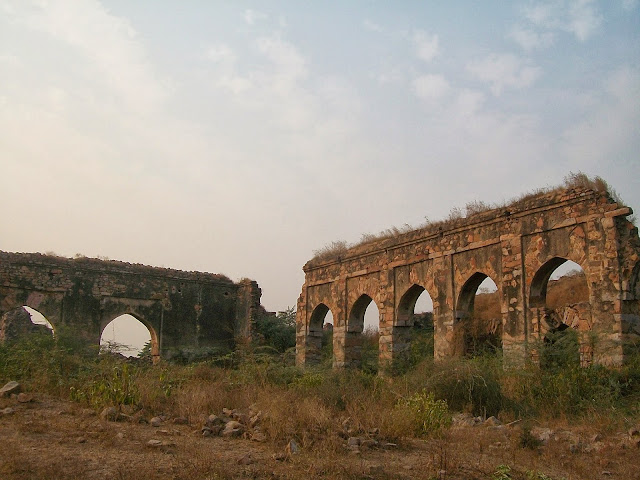The founder of the Sunga dynasty was Pushyamitra, a Brahman general of Brihadratha, the last Mauryan emperor. The ease with which he overthrew Brihadratha by way of a palace revolution in about 183 BC is testimony to the weakness and inefficiency of the later Mauryas who were unable to repulse the foreign invasion. According to the Puranas, religious texts dating from the Gupta period onwards, the event took place in 187 BC.
Being a Brahman, Pushyamitra is credited with the restoration of the orthodox Hinduism and performed horse-sacrifice. He has been portrayed as a persecutor of the Buddhism which saw its hey-day during the Mauryan rule. However, the remains of the large Buddhist stupa at Bharhut built in the second century BC belie this.
During his reign apart from Patliputra, Vidisa emerged as another centre of power where the crown prince Agnimitra, hero of Kalidasa’s famous drama Malavikagnimitra, held his court.
Pushyamitra, who did not take regal titles, ruled for thirty-six years. After him, nine other rulers belonging to the Shunga dynasty ascended the throne. Prominent among them were Agnimitra, Vasumitra, Bhagvata and Devabhuti. Pushyamitra was succeeded by his son Agnimitra.
According to the Mālavikāgnimitram (Malavika and Agnimitra), Vasumitra defeated the Greeks. The Besanager inscription records that a Sunga king Bhagabhadra received an ambassador named Heliodorus from a Greek king of Taxila, Antialcidas.
After that power of the Sungas began to decline and the later rulers are mere names recorded. Devabhuti (83 to 73 BC) was the last ruler of Sunga dynasty. History repeated itself when he was killed by his minister Vasudeva Kanva who, like the founder of the Shunga dynasty, went on to establish a new dynasty, Kanva dynasty.



